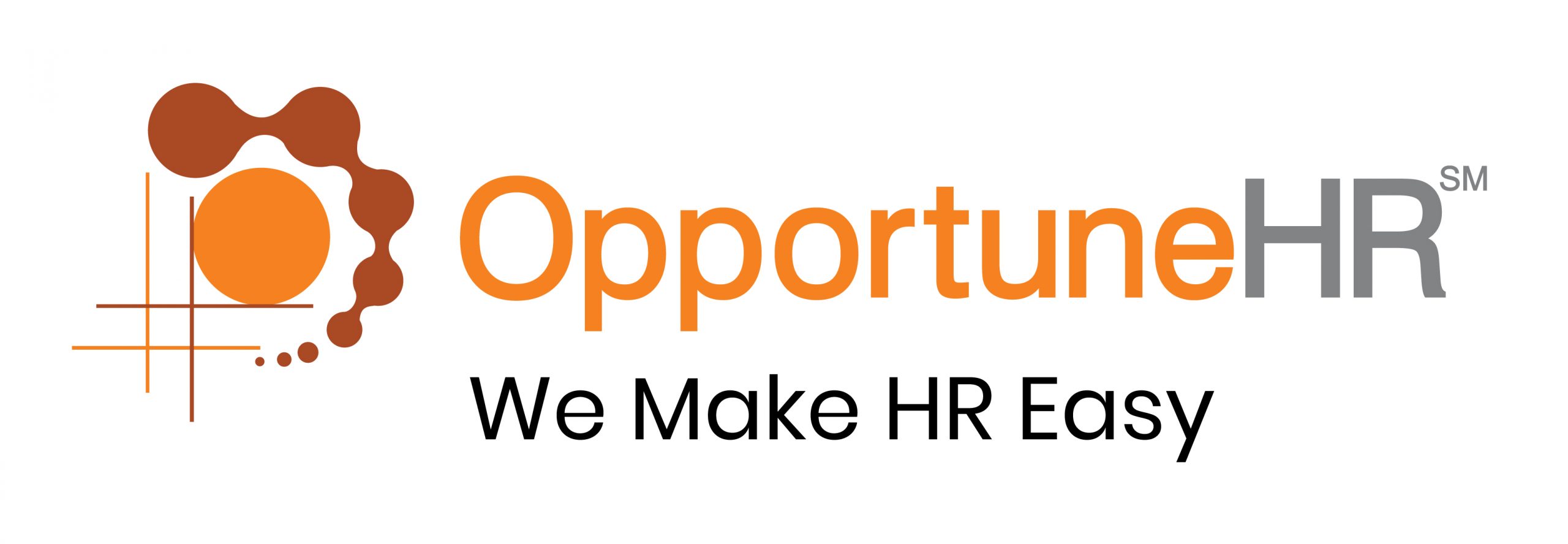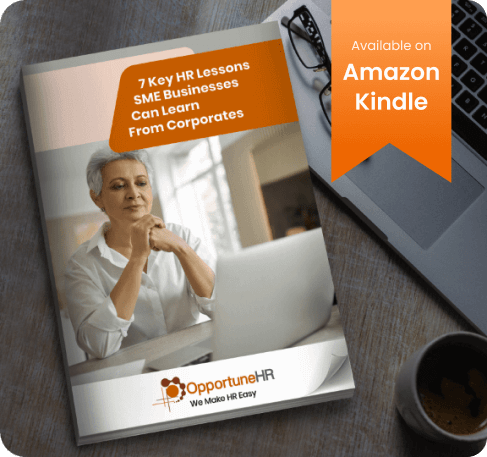In today’s fast-paced and technology-driven world, automating HR processes has become a necessity for organisations. It saves time and reduces errors. And also enables HR professionals to focus on more strategic tasks, such as talent acquisition and development.
But many SME business owners remain in a dilemma, should they go for HR automation or not?
Mostly they start with Desktop HR software and think they have ‘automated’ the HR function. That’s not the case. True digitalisation and automation are something else.
We understand their resistance to upgrading to better automation software. They ask, for an organisation of their size, will they get good ROI on advanced HR software?
In this article we will show you how SME organisations can get the best ROI from their HRMS software.
Appreciate and implement the HRMS for right reasons.
Desktop software is surely the next step to Excel sheets. The desktop software helps the admin to run the HR function with ease. Some basic reports are also available.
But that’s it.
It doesn’t streamline the whole HR function. Cloud-based HRMS solutions perform in real-time, and seamlessly integrate data from various offices and locations. From attendance to payroll to leave and approvals, everything can be automated.
And the flexibility of HRMS software like OpportuneHR gives the HR team to automate unique scenarios in your organisation, as per your policies.
Employee self-service gives all employees their own dashboard! Minimising HR’s work. It reduces the misunderstandings, promotes transparency in the organisation. And keep everyone in the loop about organisational goals and policies.
Modules like timesheet management, and performance management help improve productivity. Analytical reports assist you in making better workforce management decisions.
Once you appreciate the real power of HRMS, you know the ROI is much higher.
Let us get into detail, how you can ensure even better ROI from your investment!
Cloud based HRMS isn’t expensive!
Do you know the cloud based HRMS with employee self-service capability costs you only as much as a desktop solution?
That’s true. And a no-brainer, when you count all the benefits that a powerful HRMS software like OpportuneHR can offer you.
Go for HR automation early in the business cycle.
Implementing HR automation early in the business cycle has several benefits.
Many organisations wait for the business to get up to a certain level before automating HR. But then, it is relatively difficult. Because a ‘work-culture’ based on contingency management and ‘adjustments’ grows in the organisation.
But automation demands streamlined and well-defined processes. So employees resist the change at a later stage. It is also difficult to rectify the inefficient work-flows.
And finally, it helps ensure compliance with labour laws and regulations, reducing the risk of costly errors or fines.
- And the clincher is: Cloud-based software doesn’t need capital cost for implementation. And they charge you as per employee strength. So, you don’t need to wait for a certain size. When strength is low, you pay less. When you grow, the organisation and the HR systems are ready for scaling up!
Implementation is the key to better ROI on HR automation.
To start with, your HR Automation Software vendor should understand HR well. Because while HRMS might be a technical solution, its sole purpose is to streamline and make HR function productive. If the vendor doesn’t understand the HR intricacies, they might not be able to configure the system well.
Because, the first step in identifying your organisation’s unique HR needs is to evaluate your current workflows.
It’s important to map the steps involved in each process, from recruiting and hiring to onboarding, training, performance management, and offboarding. This exercise will help you identify areas where automation can improve efficiency and reduce costs.
While corporate HR managers with years of experience guide the vendor with all these details, in the case of SMEs, it is the vendor who should have the understanding and the expertise relating to these details. (That’s why OpportuneHR makes a lot of difference. We don’t just give you a software but a total HR solution.)
We have developed an implementation process, and a consultative approach which will help you get the best out of our HRMS implementation.
And, the cherry on the cake: We not just understand your industry specific requirements, we also pre-configure the HRMS solution for your needs. So, you can begin using the HRMS software from immediately. Giving you good ROI from the beginning.
Integration with other technology systems in organisation is important.
Organisations use many software. HR software must interact with them seamlessly. For example, SAP and accounting software. If the HR automation software doesn’t connect well with these solutions, you may come across glitches later.
But not with OpportuneHR. With our API-empowered solution, it can interact with almost any professional software. It’s already well-tested and proven in many industries.
Scale up gradually
Why invest in automation functions which may not be useful to you at this stage of the business life cycle?
To get the best ROI from your technology implementation Opportune has a wise approach. You can start with the essential features required for running a professional organisation. And then, add-on new features and modules later when the business grows!
This keeps the automation simple and efficient. Also, you don’t pay for features unnecessary (for you) at this stage.
Effective Data migration!
For a good ROI on your HR automation initiative, keep a keen eye on HR data migration. From your legacy systems to the new human resource management system.
The first step is data migration. This involves transferring existing HR data from legacy systems into the new automation solution. It’s important to ensure that all data is accurate and up-to-date before starting this process. Any discrepancies or errors can lead to problems down the line.
Again OpportuneHR has the expertise here. We have created a special migration engine empowered with proven solutions and templates to make migration of data smooth, easy and effective.
Use data-based analytics and reports to save costs and increase profits.
Many organisations use HRMS only for attendance capturing, payroll and leave management. But the real power lies in data that is captured in these modules. You can have even more data points from performance management system, timesheet management, and travel expense management.
The data can be used to find out insights. What’s the average salary in your organisation in comparison to industry standards? The employee turnover ratio, HR cost and budgeting. From changing recruitment strategy to estimating the number of employees for future growth, data helps you make informed decisions.
Timesheet helps you bill the clients appropriately. Many businesses could raise fees to their customers based on timesheet data presentation.
OpportuneHR contractor attendance management data has saved money for our clients. Almost to the tune of 30%. Because data is proof that no one can refute.
Using HRMS data well will definitely improve ROI for your HR automation software investments.
In conclusion, we can say that cloud-based HRMS can give a good ROI even for SME businesses. Especially, if you are using legacy desktop software currently.A good vendor with HR knowledge, and implementation expertise, like OpportuneHR, can add a lot more value to your HR function. And will ensure that you get the best ROI from your HR automation investment.








